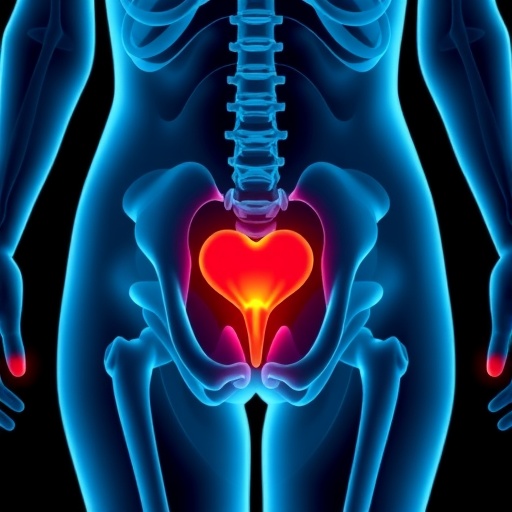
Credit: Cedars-Sinai
LOS ANGELES (Aug. 10, 2017) — A routinely used hospital tool can predict which liver transplant recipients are more likely to do poorly after surgery, according to a study led by Cedars-Sinai. The findings could help doctors identify which patients should receive physical therapy or other targeted interventions to improve their recovery.
The multicenter study, led by principal investigator Vinay Sundaram, MD, uncovered an important new use for a nursing assessment known as the Braden Scale, which is performed for all hospitalized patients as per Medicare and Medicaid requirements. The Braden Scale aims to evaluate whether newly admitted patients need extra care to avoid developing or worsening pressure ulcers, or bedsores. The scale rates patients based on their activity level, mobility, nutrition and other measures of frailty. A low score is associated with greater frailty and increased risk of bedsores.
The investigators reviewed 341 medical records of liver transplant patients at Cedars-Sinai and the Oregon Health and Science University in Portland. They found that liver transplant patients with lower Braden Scale scores were more likely to be nonambulatory at discharge, discharged to a rehabilitation facility and have longer hospital stays compared with transplant patients with higher scores.
The study, published in the journal Liver Transplantation, addresses a pressing clinical need, according to Sundaram, assistant medical director of Liver Transplantation at Cedars-Sinai.
"With medical advances in recent decades, liver transplant patients are living longer than ever," Sundaram said. "So doctors are rightly turning their attention to improving quality of life. The problem is that we have no good way to measure how well these patients will do. Our findings provide a way to achieve that so that we can take preventive action."
Specifically, the investigators suggested that patients with low Braden Scale scores be put on supervised exercise programs soon after their transplants. "These programs could improve physical functioning and, ultimately, quality of life," Sundaram said. Future research with a larger sample size, he added, is needed to evaluate whether the Braden Score can help predict overall survival of liver transplant patients.
More than 7,000 liver transplantations are performed annually in the U.S. for end-stage liver disease that may be caused by conditions such as hepatitis C virus infection, alcoholic liver disease, nonalcoholic fatty liver disease and genetic disorders. The three-year survival rate for these patients after transplantation averages about 86 percent, according to the American Liver Foundation.
"More than 15,000 people are now on the waiting list for liver transplants, and there simply are not enough donated organs to go around," said Andrew Klein, MD, MBA, director of the Cedars-Sinai Comprehensive Transplant Center. "Research like this helps us give every patient the best chance for a successful, long-term recovery."
###
The Liver Transplantation study was a collaboration between Cedars-Sinai and the Oregon Health and Science University. The senior author was Barry Schlansky, MD, assistant professor of Medicine at the Oregon Health and Science University.
DOI: 10.1002/lt.24789
PHOTO CAPTION:
A routinely used hospital tool can predict which liver transplant recipients are more likely to do poorly after surgery, according to a study led by Cedars-Sinai. According to principal investigator, Dr. Vinay Sundaram, the findings could help doctors identify which patients should receive physical therapy or other targeted interventions to improve their recovery.
PHOTO CREDIT:
Cedars-Sinai
Media Contact
Jane Engle
[email protected]
310-248-8545
@cedarssinai
http://www.csmc.edu
Related Journal Article
http://dx.doi.org/10.1002/lt.24789





